The vestibular nerve plays a crucial role in our body’s sense of balance and spatial orientation. When this nerve becomes compromised, it can lead to various vestibular disorders, resulting in symptoms such as dizziness, vertigo, and loss of balance. While it is always recommended to consult with a healthcare professional for a proper diagnosis and treatment, there are massage techniques that can help support vestibular nerve health.
Understanding the Vestibular Nerve
Before delving into the techniques for massaging the vestibular nerve, it is essential to have a basic understanding of its anatomy and function.
Anatomy of the Vestibular Nerve
The vestibular nerve is one of the components of the vestibulocochlear nerve, also known as the eighth cranial nerve. It originates from the inner ear and connects to the brainstem, specifically the vestibular nuclei.
The vestibular nerve consists of two divisions – the superior and inferior vestibular nerves, responsible for transmitting sensory information regarding balance, posture, and head movement.
The superior vestibular nerve arises from the utricle and the ampullae of the superior and lateral semicircular canals. It carries information related to the rotational movements of the head.
The inferior vestibular nerve arises from the saccule and the ampulla of the posterior semicircular canal. It carries information related to the linear acceleration and deceleration of the head.
Function of the Vestibular Nerve
The vestibular nerve works in conjunction with other components of the vestibular system, such as the semicircular canals and the otolith organs, to help maintain our sense of equilibrium. It detects changes in head position and acceleration, relaying this information to the brain for appropriate motor responses.
When we move our head, the fluid in the semicircular canals moves, stimulating the hair cells in the ampullae. These hair cells send signals through the vestibular nerve to the brain, allowing us to perceive and react to changes in our position and movement.
Additionally, the vestibular nerve plays a crucial role in coordinating eye movements with head movements. This ensures that our vision remains stable even when our head is in motion.
Disorders of the vestibular nerve can lead to various symptoms, including dizziness, vertigo, imbalance, and problems with coordination and spatial orientation.
Understanding the anatomy and function of the vestibular nerve is vital for anyone interested in techniques for massaging and stimulating this nerve. By gaining a deeper knowledge of how this nerve works, we can develop more effective strategies for promoting balance, relieving symptoms, and improving overall well-being.
The Importance of Vestibular Nerve Health
A well-functioning vestibular nerve is crucial for maintaining balance and stability in our day-to-day activities. The vestibular nerve, also known as the eighth cranial nerve, plays a significant role in transmitting sensory information from the inner ear to the brain. This information helps us perceive our body’s position in space, detect movement, and adjust our balance accordingly.
However, various factors can affect the health of the vestibular nerve. One of the primary factors is age. As we get older, the vestibular nerve may naturally deteriorate, leading to a decline in balance and an increased risk of falls. Additionally, injuries, such as head trauma or whiplash, can damage the vestibular nerve and disrupt its normal functioning.
Furthermore, certain medical conditions can also impact the vestibular nerve. For instance, labyrinthitis is an inflammation of the inner ear that can cause dizziness, vertigo, and balance problems. Vestibular neuritis, on the other hand, is an infection that affects the vestibular nerve, leading to similar symptoms. Meniere’s disease, characterized by recurring episodes of vertigo, hearing loss, and tinnitus, is another condition that can affect the vestibular nerve.
Common Vestibular Disorders
Vestibular disorders encompass a wide range of conditions that affect the vestibular nerve. In addition to labyrinthitis, vestibular neuritis, and Meniere’s disease, there are other disorders that can impact this crucial nerve. Benign paroxysmal positional vertigo (BPPV) is a common vestibular disorder that occurs when tiny calcium crystals in the inner ear become dislodged and disrupt the normal flow of fluid, causing dizziness and imbalance.
Migraine-associated vertigo is another condition that affects the vestibular nerve. People with this disorder experience recurrent episodes of vertigo, often accompanied by severe headaches. Additionally, acoustic neuroma, a noncancerous tumor that develops on the vestibular nerve, can cause balance problems, hearing loss, and tinnitus.
Symptoms of Vestibular Nerve Issues
Recognizing the symptoms associated with vestibular nerve issues is vital in promptly seeking appropriate medical attention. These symptoms may include dizziness, imbalance, difficulty concentrating, and even anxiety or depression resulting from the impact on daily activities. Some individuals may also experience a spinning sensation known as vertigo, which can be extremely disorienting and disruptive to their quality of life.
However, it is essential to note that experiencing these symptoms does not necessarily mean the vestibular nerve is compromised. Other factors, such as medication side effects, inner ear infections, or even stress, can also cause similar symptoms. Consulting with a healthcare professional is crucial to determine the underlying cause of these symptoms and to receive proper treatment.
In conclusion, the vestibular nerve plays a vital role in maintaining balance and stability. Various factors, including age, injuries, and medical conditions, can affect its health and lead to vestibular disorders. Recognizing the symptoms associated with vestibular nerve issues is crucial in seeking appropriate medical attention. If you experience any of these symptoms, it is important to consult with a healthcare professional to determine the underlying cause and receive the necessary treatment. Taking care of your vestibular nerve health is essential for maintaining a good quality of life and enjoying daily activities without the limitations imposed by balance problems.
Preparing for a Vestibular Nerve Massage
Massaging the vestibular nerve can provide relaxation and promote general well-being. Before attempting any massage techniques, it is important to create a soothing environment and gather the necessary tools and equipment.
The vestibular nerve, also known as the balance nerve, is responsible for transmitting sensory information from the inner ear to the brain. By massaging this nerve, you can help alleviate symptoms such as dizziness, vertigo, and imbalance.
Necessary Tools and Equipment
To perform a vestibular nerve massage, you may want to have a comfortable massage table or chair, clean towels, and a suitable massage oil or lotion. These tools will help ensure a pleasant and effective massage experience.
A massage table or chair provides a stable and comfortable surface for the recipient to lie or sit on during the massage. Clean towels can be used to cover the table or chair, ensuring hygiene and providing a soft surface for the recipient to rest on. The massage oil or lotion helps reduce friction between the hands of the masseuse and the recipient’s skin, allowing for smooth and fluid movements.
Creating a Relaxing Environment
When massaging the vestibular nerve, it is crucial to create an environment conducive to relaxation. Dimming the lights, playing soft music, and using aromatherapy can help promote a calm atmosphere and enhance the overall effectiveness of the massage.
Dimming the lights helps create a soothing ambiance, reducing visual distractions and allowing the recipient to fully immerse themselves in the massage experience. Soft music, such as gentle instrumental melodies or nature sounds, can further enhance relaxation by providing a pleasant auditory backdrop. Aromatherapy, using essential oils such as lavender or chamomile, can stimulate the olfactory senses and evoke feelings of tranquility and calmness.
Additionally, it is important to ensure that the room temperature is comfortable. The ideal temperature for a massage room is typically between 68 and 72 degrees Fahrenheit (20-22 degrees Celsius), as this allows the recipient to feel relaxed without feeling too hot or too cold.
Before beginning the massage, it is also recommended to encourage the recipient to take a few deep breaths and engage in some gentle stretching exercises to further relax the body and prepare for the massage.
Techniques for Vestibular Nerve Massage
When performing a vestibular nerve massage, it is essential to use gentle and controlled movements. The following techniques can be employed to provide relief and support vestibular nerve health.
Basic Massage Techniques
One simple technique involves gently massaging the sides of the head with your fingertips, starting from the temple area and moving towards the base of the skull. Applying light pressure in a circular motion can help relieve tension and promote relaxation.
Additionally, you can incorporate essential oils into the massage to enhance the therapeutic experience. Lavender oil, for example, is known for its calming properties and can further aid in relaxation.
Another technique involves using your palms to apply gentle pressure to the back of the head, just above the neck. Slowly move your hands up towards the crown of the head, releasing any tension along the way. This technique can help alleviate headaches and promote overall well-being.
For individuals who prefer a more targeted approach, using acupressure points can also be beneficial. By applying pressure to specific points on the head and neck, you can stimulate the flow of energy and promote balance within the vestibular system.
It is important to remember that the aim of these techniques is relaxation rather than medical treatment. For individuals with pre-existing medical conditions or those experiencing severe symptoms, it is imperative to seek professional advice before attempting any massage techniques.
Advanced Massage Techniques
Advanced techniques, such as craniosacral therapy, can provide additional support for vestibular nerve health. This therapy involves applying gentle touch and manipulation to various areas of the head, spine, and sacrum to release tension and facilitate the body’s natural healing processes.
In addition to craniosacral therapy, other advanced techniques such as myofascial release and lymphatic drainage can also be beneficial for individuals seeking comprehensive vestibular nerve support. These techniques focus on releasing tension in the connective tissues and promoting proper fluid circulation within the body.
Due to the complexity and specialized nature of advanced techniques like craniosacral therapy, seeking the expertise of a trained professional is strongly advised. A qualified practitioner can provide personalized assessments and guidance tailored to an individual’s specific needs.
Moreover, incorporating mindfulness practices, such as deep breathing exercises and meditation, can further enhance the effectiveness of vestibular nerve massage. By promoting relaxation and reducing stress, these practices can help optimize the benefits of the massage techniques.
It is worth noting that regularity is key when it comes to vestibular nerve massage. Consistently incorporating these techniques into your self-care routine can provide long-term benefits and support overall vestibular health.
Safety Measures and Precautions
Although massage techniques can provide temporary relief and relaxation, it is crucial to exercise caution and consider safety measures when dealing with the vestibular nerve.
The vestibular nerve is responsible for transmitting sensory information from the inner ear to the brain, helping us maintain balance and spatial orientation. Any disruptions or imbalances in this nerve can lead to dizziness, vertigo, and other vestibular disorders.
Identifying Potential Risks
Individuals with a history of neck or head injuries should exercise caution when attempting vestibular nerve massage techniques. The delicate nature of the vestibular nerve makes it susceptible to further damage if not handled properly.
It is important to note that self-massage techniques should only be performed if you are confident in your abilities and have received proper training or guidance. If you have any concerns or prior medical conditions, it is recommended to consult with a healthcare professional before engaging in any self-massage practices.
Additionally, certain medical conditions such as Meniere’s disease, labyrinthitis, or acoustic neuroma can affect the vestibular nerve and may require specialized treatment. It is essential to have a thorough understanding of your specific condition and consult with a healthcare professional to determine the appropriateness of self-massage techniques.
When to Seek Professional Help
If you experience persistent or worsening symptoms associated with vestibular nerve issues, it is important to seek medical attention promptly. While self-massage techniques can provide temporary relief, they may not address the underlying cause of your symptoms.
A healthcare professional can provide a thorough evaluation and recommend appropriate treatments or refer you to a specialist if necessary. They may suggest a combination of therapies such as physical therapy, medication, or even surgical intervention, depending on the severity and nature of your condition.
Remember, self-massage techniques should never replace professional medical advice or treatment. It is always best to consult with a healthcare professional who can provide personalized guidance based on your specific needs and medical history.
By prioritizing safety and seeking professional help when needed, you can ensure that your vestibular nerve is properly cared for and that you are taking the necessary precautions to maintain your overall well-being.
Maintaining Vestibular Nerve Health
When it comes to maintaining vestibular nerve health, there are several practices that can be incorporated into your routine to support overall well-being and alleviate any related conditions.
While massage techniques may offer temporary relief, it is important to understand that they should be seen as a complementary approach rather than a standalone treatment for vestibular nerve-related issues. However, periodic massaging, whether it is self-massage or sessions with a qualified practitioner, can still play a beneficial role in promoting relaxation and supporting overall well-being.
Regular Massage and Its Benefits
Massage therapy has been known to alleviate tension and promote relaxation, which can be particularly helpful in managing symptoms associated with vestibular nerve conditions. Through the manipulation of soft tissues, massage techniques can help improve blood circulation and release muscle tension, providing temporary relief from discomfort.
However, it is important to note that massage therapy should not be solely relied upon for the treatment of vestibular nerve-related conditions. It is always recommended to consult with a healthcare professional for a proper diagnosis and treatment plan.
Additional Practices for Nerve Health
While massage therapy can be a valuable addition to your wellness routine, there are other practices that can contribute to optimal nerve health and support the functioning of the vestibular nerve.
One important aspect is maintaining a balanced lifestyle, which includes regular exercise, stress management, and a healthy diet. Engaging in physical activities such as yoga or tai chi can provide additional support for vestibular nerve function. These practices enhance strength, flexibility, and body awareness, which can help improve overall balance and coordination.
Furthermore, stress management techniques such as meditation or deep breathing exercises can help reduce stress levels, which in turn can positively impact the health of the vestibular nerve. Additionally, a nutrient-rich diet that includes foods high in antioxidants, vitamins, and minerals can provide the necessary building blocks for nerve health.
In conclusion, while massage techniques can provide temporary relief and relaxation, it is essential to consult with a healthcare professional for a proper diagnosis and treatment of vestibular nerve-related issues. Massage should be seen as a supportive measure to be used in conjunction with other medical interventions. Prioritizing safety and seeking expert guidance will ensure effective and appropriate management of vestibular nerve health.




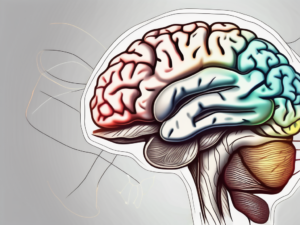
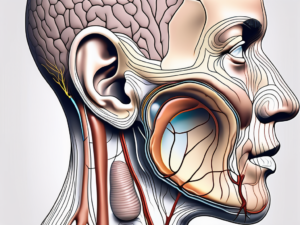
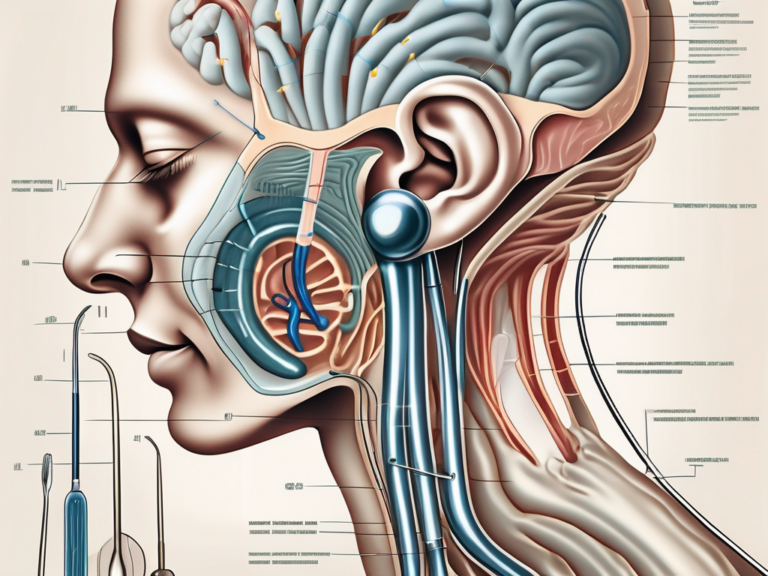
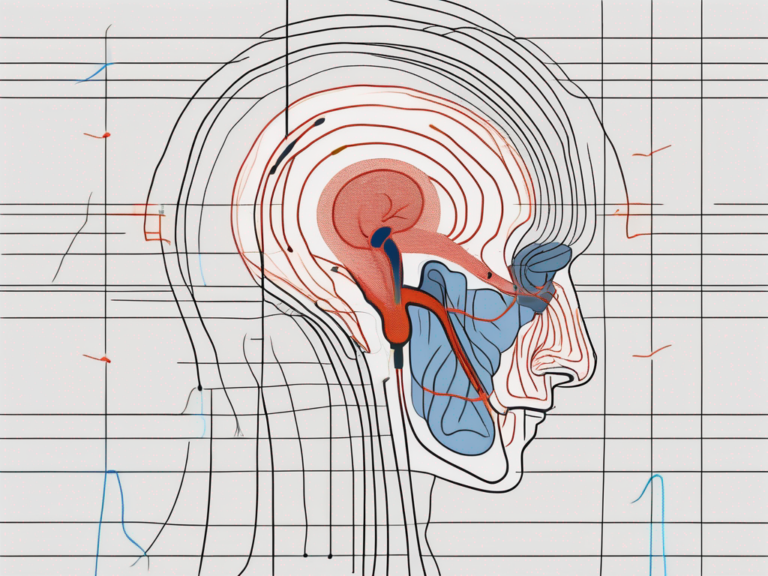
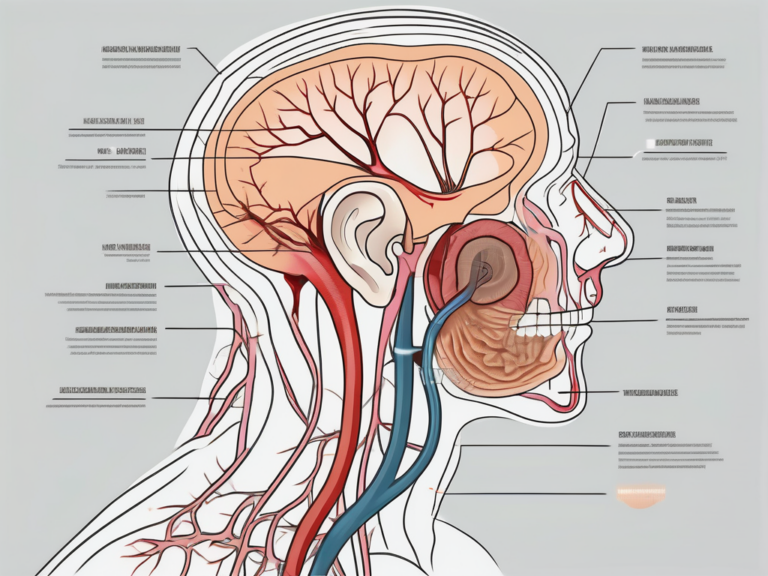
+ There are no comments
Add yours